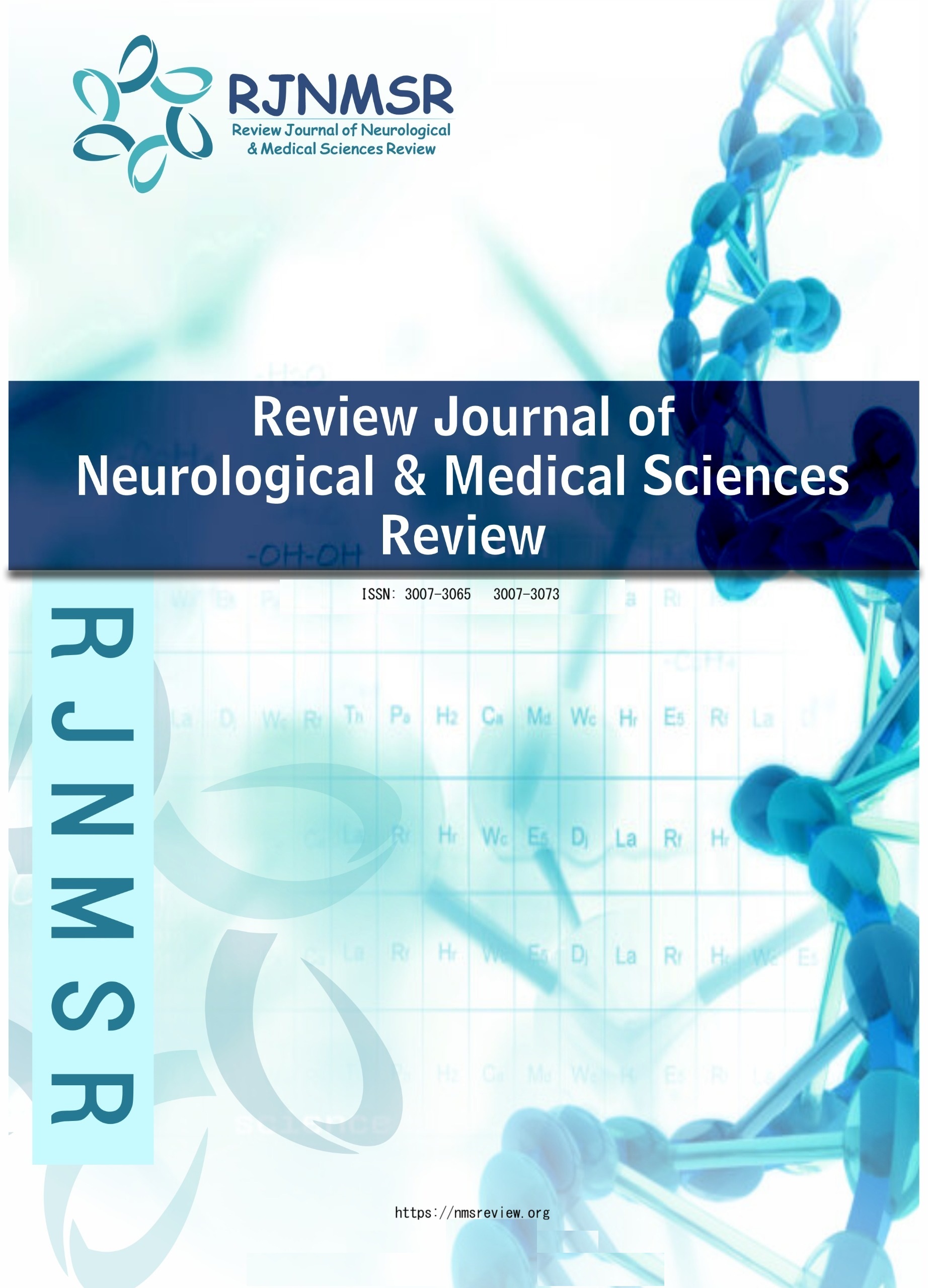ASSOCIATION OF IRON DEFICIENCY ANEMIA WITH FEBRILE CONVULSIONS IN THE PEDIATRIC POPULATION
DOI:
https://doi.org/10.63075/4fgzjr05Keywords:
Iron deficiency Anemia, Febrile Convulsion, ChildrenAbstract
Background: Iron deficiency anemia (IDA) in children aged between 6 and 60 months increases susceptibility to febrile seizures. This association highlights the intricate interplay between nutritional status and neurological susceptibility in young children. Iron is essential for cognitive development and neurological function, becomes critically deficient in many children due to inadequate dietary intake or absorption issues. Literature has shown that IDA is significantly associated with febrile convulsions. However, controversial data has been observed in literature also. Therefore, we conducted this study to get evidence of association of IDA with febrile convulsions in local population. Objective: To estimate the link between iron deficiency anemia and febrile seizures in six- to sixty-month-old or older children. Material & Method Study Design: Case control. Setting: Department of Pediatrics, Isra University Hospital, Hyderabad Duration: 06 months i.e., 31-7-2023 to 31-1-2024 Data Collection: After meeting selection criteria 68 children were enrolled. These children were categorized into two groups which include cases patient of any sex having a diagnosis of febrile convulsions who developed iron deficiency anemia; and controls patient of either sex withni febrile convulsions along without anemia. This was followed by a blood sample for serum ferritin and Hb. Reports were reviewed and IDA was categorized. Data were registered & information processed by SPSS version 25. Odds Ratio was calculated, and then 2x2 contingency table was created to assess association between IDA with febrile convulsions. OR>1 was taken as significant. Results: The average age was 6.53±3.71 years, including 26(38.24%) males and 42(61.76%) females in the study cohort. IDA was seen in 22(64.7%) patients in case and 11(32.4%) patients in control group. Getting odds of IDA among cases in comparison to controls is 1.94. i.e., p-value=0.008 & OR=1.94[1.16-3.26]. Conclusion: The prevalence of IDA (iron deficiency anemia) is a much higher in children with febrile convulsion than children without hematological anomaly among age group 6 to 60 months.Downloads
Published
2025-10-15
Issue
Section
Articles
How to Cite
ASSOCIATION OF IRON DEFICIENCY ANEMIA WITH FEBRILE CONVULSIONS IN THE PEDIATRIC POPULATION. (2025). Review Journal of Neurological & Medical Sciences Review, 3(6), 88-98. https://doi.org/10.63075/4fgzjr05

